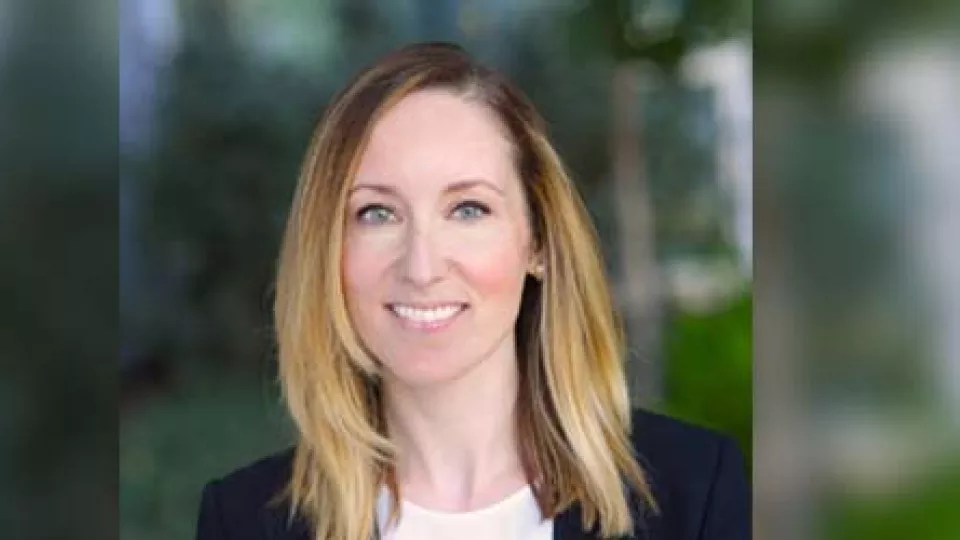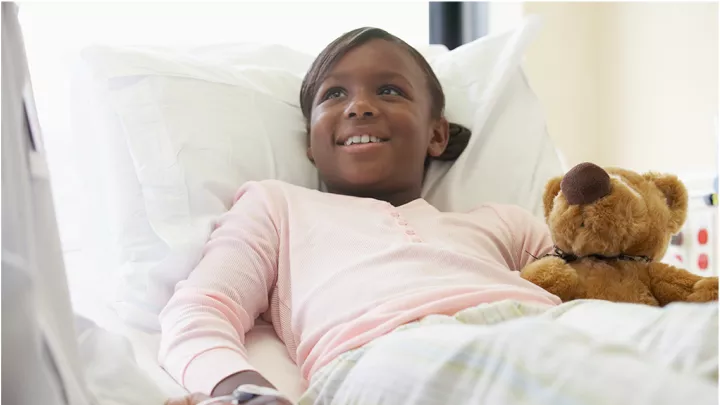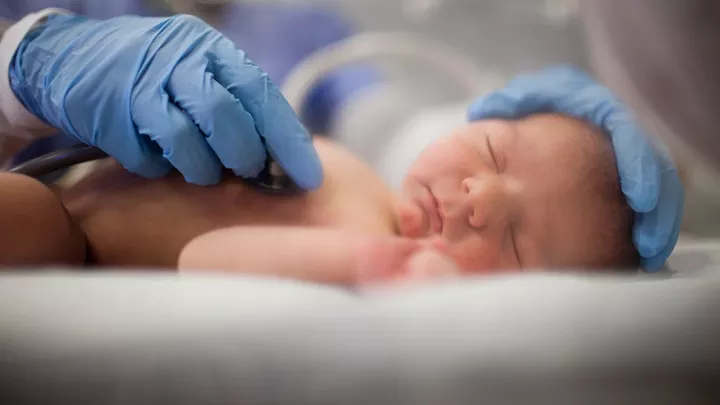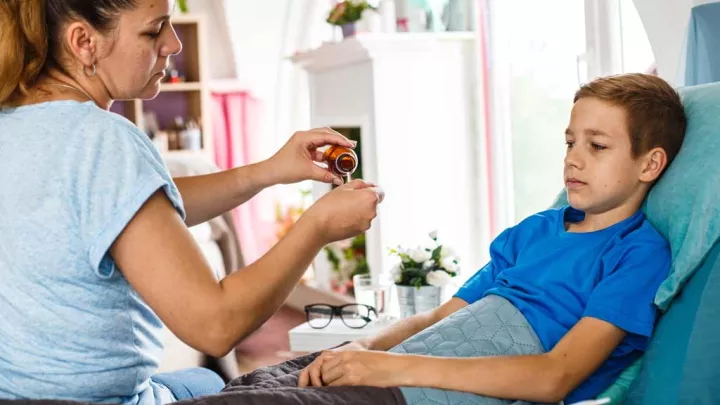
Safely Reducing Opioid Use for Post-Surgical Pain Control in Children
There is considerable variation in how doctors prescribe opioids to children and adolescents following removal of the appendix. A quality improvement project involving 10 pediatric hospitals in the Western United States and led by Children’s Hospital Los Angeles has succeeded in minimizing and standardizing opioid prescriptions while controlling patients’ pain and avoiding additional hospital visits. The study has been published online in the Journal of the American College of Surgeons.
“Our goal is to provide children with effective pain management following surgery without over-reliance on opioids, and we showed that goal is more than possible,” said lead author Lorraine Kelley-Quon, MD, MSHS, FACS, FAAP, pediatric surgeon at Children’s Hospital Los Angeles. In 2020, Dr. Kelley-Quon was instrumental in crafting guidelines with the American Pediatric Surgical Association that identified laparoscopic appendectomy, a minimally invasive surgery, as an opportunity for an opioid-free recovery in children.
Appendectomy is the most common operation for children, with approximately 80,000 children undergoing this surgery at both pediatric and non-pediatric hospitals. The study evaluated 1,524 children under 18 years of age who had an appendectomy during 2019 at 10 hospitals in the Western Pediatric Surgery Research Consortium.
Collectively, these hospitals perform approximately 3,500 appendectomies per year. Prior to this project, five hospitals, including Children’s Hospital Los Angeles, did not routinely prescribe opioids after appendectomies. The remaining five followed no standard protocol, leaving opioid prescriptions up to individual surgeons.
In their effort to change prescribing practices, the participating hospitals used three interventions. Study surgeons educated other surgical faculty and advanced practice providers at each hospital about the risks associated with prescription opioids and on the importance of minimizing or eliminating opioid usage after an appendectomy. They also instructed patient families to use over the counter medications such as ibuprofen and acetaminophen when returning home from the hospital. Finally, the team surveyed parents after returning home on how effective post-surgical pain control was for their children.
The year-long project achieved a significant decrease in opioid prescriptions after appendectomies; overall prescribing dropped from 18.2% to 4.0%. In hospitals that were not using a prescribing protocol, opioid prescriptions declined from 37.9% to 8.8%, and in hospitals with protocols already in place, prescriptions also went down, from 2.7% to 0.8%.
In addition, participating hospitals closely tracked post-surgical emergency room (ER) visits and complicated appendicitis cases, where quality improvement measures also achieved lower rates of opioid usage.
“We successfully reduced opioid use while maintaining parents’ satisfaction with pain management and without increasing post-surgical emergency room visits,” said Dr. Kelley-Quon, who is also an assistant professor of surgery and population and public health sciences at the Keck School of Medicine of USC.
The participating hospitals supplemented their project with data from the American College of Surgeons (ACS) National Surgical Quality Improvement Program-Pediatric (NSQIP-Pediatric). Quality improvement projects like this seek to standardize processes to systematically improve care.
According to Dr. Kelley-Quon, this was the first-time multiple pediatric hospitals worked together using NSQIP-Pediatric to improve pediatric surgical care and opioid stewardship efforts. The next step, she added, is implementing more multi-institutional collaborations leveraging these quality improvement resources.
Additional authors on the paper include: senior author Kasper S. Wang and Shadassa Ourshalimian of Children’s Hospital Los Angeles; Justin Lee, Benjamin Padilla and Daniel Ostlie of Phoenix Children’s Hospital; Katie W. Russell and Autumn Rohan of University of Utah Primary Children’s Hospital; Karen Kling and Romeo Ignacio of Rady Children’s Hospital San Diego; Stephen B. Shew and Claudia Mueller of Lucile Packard Children’s Hospital; Aaron R. Jensen and Lan Vu of UCSF Benioff Children’s Hospital; Caitlin Smith of Seattle Children’s Hospital; Thomas Inge and Jonathan Roach of Children’s Hospital Colorado and Katrine Lofberg and Stephanie Radu of Oregon Health & Science University.
About Children's Hospital Los Angeles
Founded in 1901, Children's Hospital Los Angeles is the highest-ranked children’s hospital in California and fifth in the nation on the prestigious U.S. News & World Report Honor Roll of Best Children’s Hospitals. U.S. News ranks Children’s Hospital Los Angeles in all 10 specialty categories. Clinical care at the hospital is led by physicians who are faculty members of the Keck School of Medicine of USC through an affiliation dating from 1932.The hospital also operates the largest pediatric residency training program at a freestanding children’s hospital in the Western United States. The Saban Research Institute of Children’s Hospital Los Angeles is home to all basic, translational, clinical and community research conducted at the hospital, allowing proven discoveries to quickly reach patients. Our mission: to create hope and build healthier futures. To learn more, follow us on Facebook, Instagram, LinkedIn, YouTube and Twitter, and visit our blog at CHLA.org/blog.


